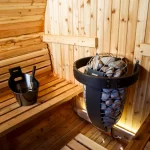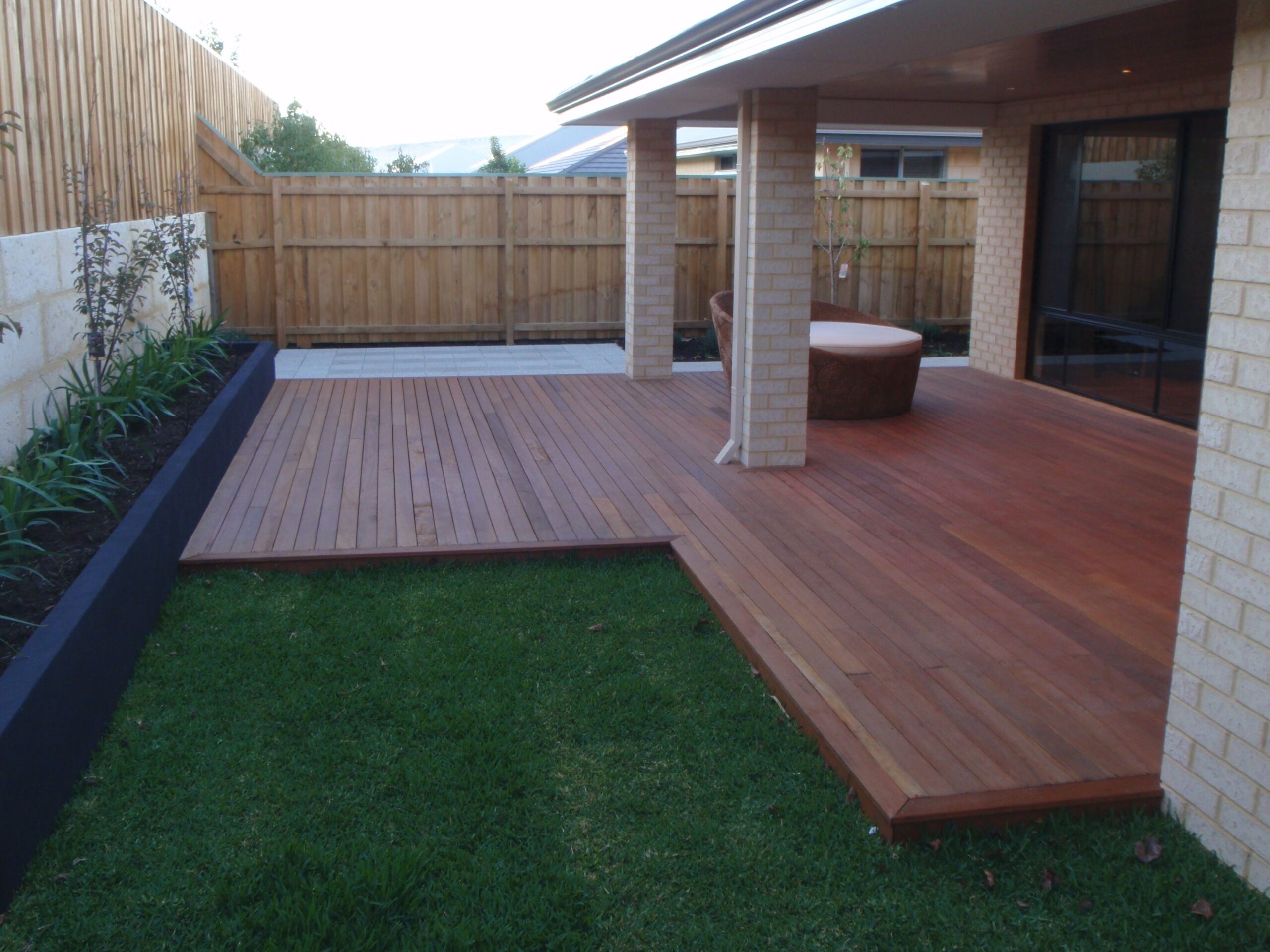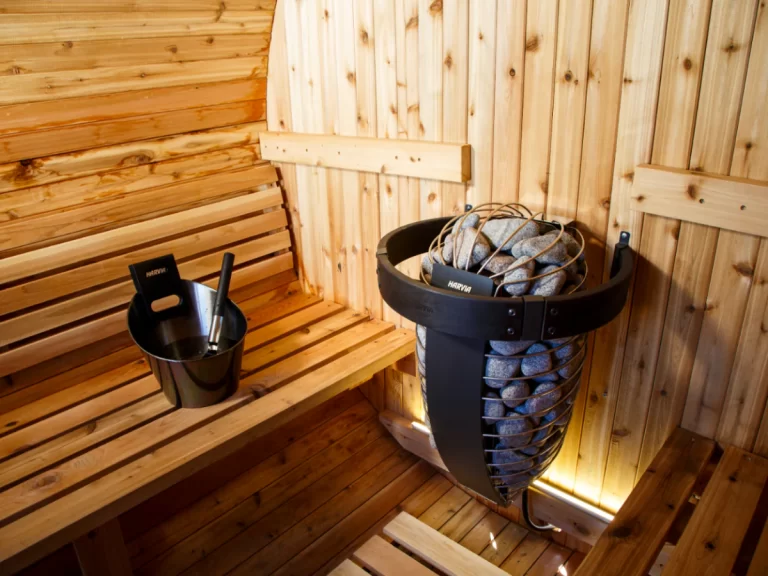Outside decking is the process of constructing a deck in a yard or other outdoor space, often using composite or wood materials. Everyday activities on this deck include hosting barbecues for friends and family, playing lawn games, and enjoying the outdoor timber decking during the warmer months.
Due to the harsh weather conditions, such as rain and snow, outdoor decking has to be very sturdy. Since they are mainly constructed from composite lumber, they are designed to last through all kinds of weather. Composite lumber may survive as long as 25 years, which is a significant improvement over the lifespan of wood timber, which may decay over time.
The presence of natural light is a significant draw for many homeowners in choosing a deck. The wood style with a backyard garden will fit well with the surrounding vegetation. Outdoor decks are significantly more comfortable and elegant than hard surfaces like concrete or pavers.
Latest Changes In Timber Decking:
Decking for outdoor use is surprisingly cheap despite its sophisticated appearance. However, the presence of this item in a home increases its worth. Large families are the most likely to look for homes with decks. This is a great way to increase your home’s living space, and the thought of having an outside deck is evocative of a carefree existence, which is something many people yearn for.
Pine and fir softwood decking is famous among certain homes due to its affordability and inherent aesthetic appeal. These softwoods are popular because they are inexpensive and straightforward to work with and because their natural imperfections, like knots, provide character.

Things To Know About Timber Decking:
DIYers will find that many ground-level deck and patio designs are relatively simple. Elevated wood decks need careful engineering and expert installation to ensure the safety of those using them and prevent the deck from collapsing. Timber decks are more expensive to construct professionally, but depending on the intricacy of the structure, this may be mandated by local building requirements. Building permits are also needed to install the most modern patios and decks.
Screws, nails, or bolts are just some of the many options for securing timber decking pieces together. Tremendous-duty applications, especially decks that will sustain heavy weights, may need the use of steel plates or specialized fasteners.
Conclusion:
Installers may apply protective sealants or stains to wood decks to prolong their aesthetic appeal, although this will depend on the timber used. While clear sealers and colored stains protect the wood from moisture, only the latter may alter the wood’s look. Although they are often more expensive, pressure-treated timbers may reduce the likelihood of swelling and warping over time.
Screws, nails, & bolts are just some of the many options for securing timber decking pieces together. Tremendous-duty applications, especially decks that will sustain heavy weights, may need the use of steel plates or specialized fasteners.
















